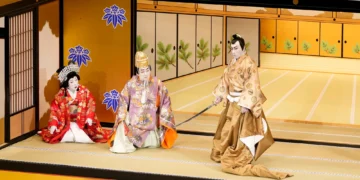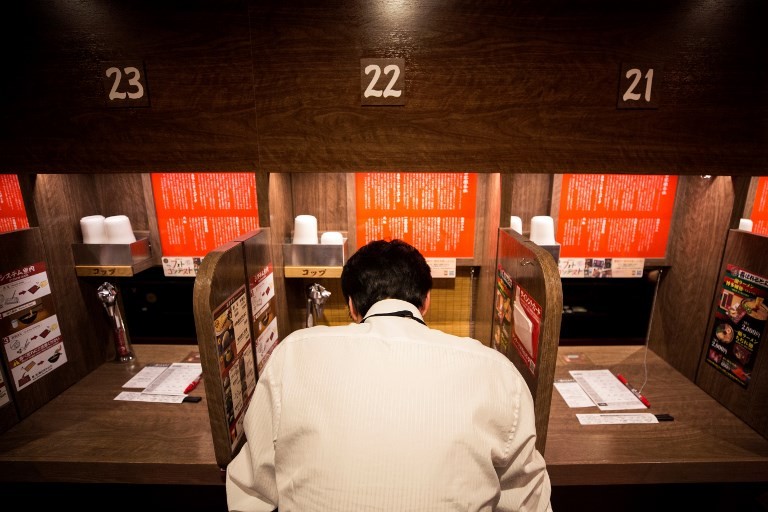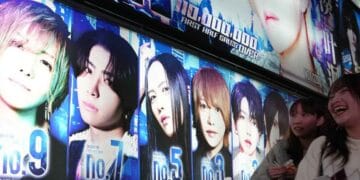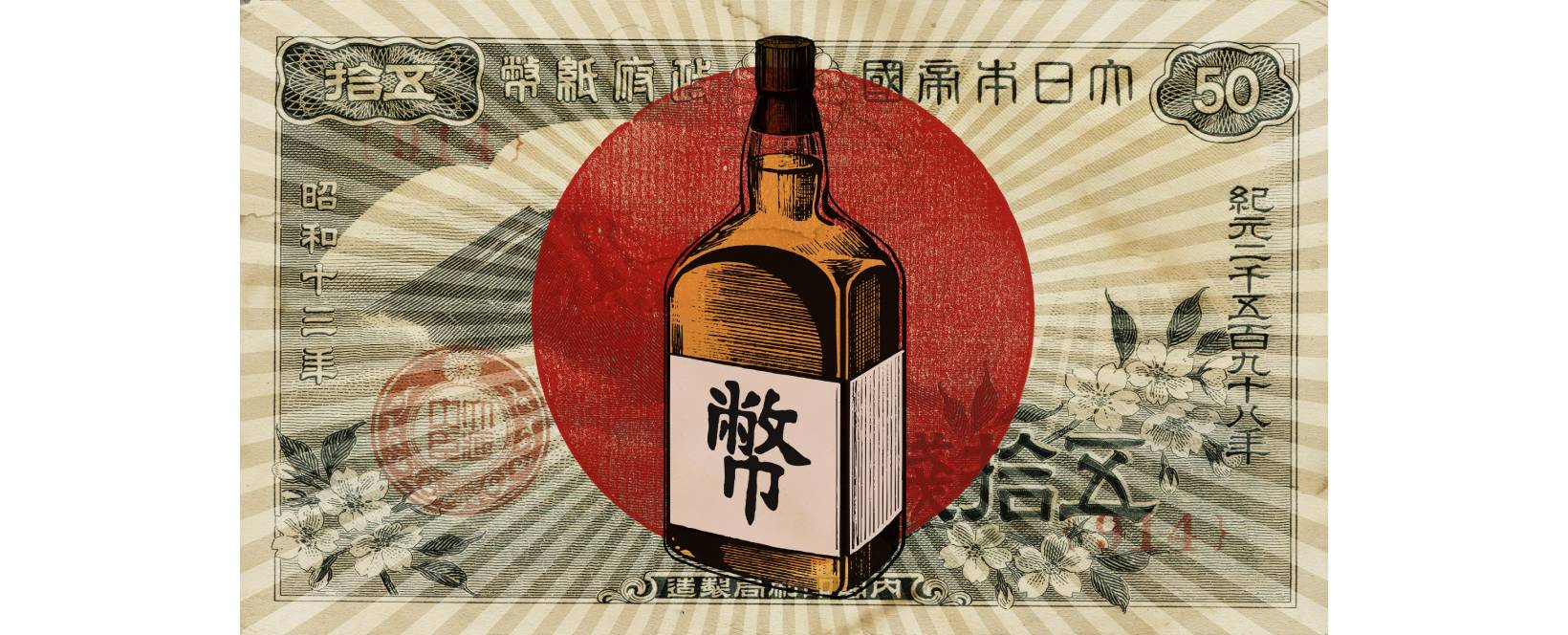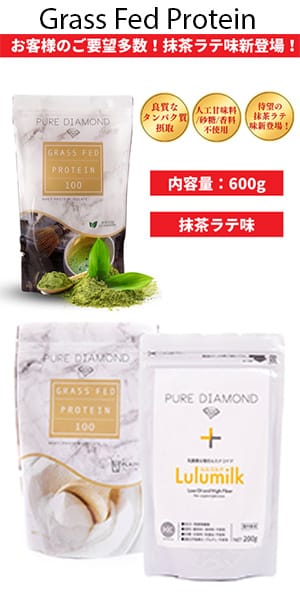Introduction:
Once a local secret, Japanese whiskey has captured global attention. Auctions at prestigious events like Sotheby’s mark a significant chapter in its evolution from a regional delight to an international sensation.
The Origins of Japanese Whiskey:
In the early 20th century, Masataka Taketsuru, the “father of Japanese whiskey,” learned whiskey-making in Scotland. Upon returning to Japan, he partnered with Shinjiro Torii to establish the country’s first commercial distillery in Yamazaki in 1923, marking the beginning of Japanese whiskey.
Rising International Recognition:
Gradually earning its place among the world’s best spirits, Japanese whiskey gained acclaim in the 21st century. Expressions like Yamazaki’s 12-year-old, Hakushu’s herbal notes, and Nikka’s Yoichi and Miyagikyo contributed to its growing international reputation.
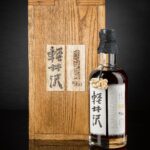
Japanese Whiskey at Sotheby’s:
The popularity of Japanese whiskey caught the eye of auction houses like Sotheby’s, providing a platform for enthusiasts and collectors to acquire rare and limited-edition bottles.
Notable Auctioned Lots:
Limited releases from Karuizawa, Hanyu, and Yamazaki set records at Sotheby’s auctions. A historic moment occurred when a bottle of Yamazaki 55-year-old single malt set a world record for the most expensive whiskey sold at auction.
The Future of Japanese Whiskey Auctions:
As Japanese whiskey continues to captivate the global market, auction houses like Sotheby’s play a more significant role. Consequently, these auctions contribute to the narrative of Japanese whiskey’s journey from local craft to global phenomenon.
Conclusion:
The history of Japanese whiskey, from its humble beginnings to auctions at Sotheby’s, showcases a captivating tale of passion, innovation, and international acclaim. Japanese whiskey has firmly established itself as a global player in premium spirits, with auctions at Sotheby’s playing a pivotal role in shaping its legacy for generations to come.



